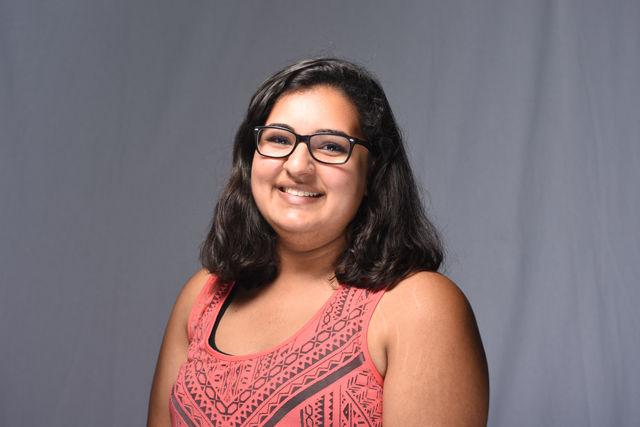When the Supreme Court of the United States ruled that recognized same-sex marriages are legal and valid all across the country, a cautious hope bloomed in the minds and hearts of those who dreamed about not only acceptance, recognition and representation, but also normality within society. Almost one and a half years later, the country is still, for the most part, willfully ignorant of homophobia, transphobia and general prejudice against the LGBTQPIA+ (Lesbian, Gay, Bisexual, Transgender, Queer/Questioning, Pansexual, Intersex, Asexual) community.
In the relatively recent wake of the mass shooting at Pulse Nightclub in Orlando, which left 49 dead and many others injured, as well as the passing of North Carolina’s House Bill 2, it’s difficult for me to understand how people still believe that our nation has progressed positively in their outlook toward those in the LGBTQPIA+ community.
Furthermore, prejudice toward the LGBTQPIA+ community doesn’t just come from the outside but also from within the community itself. Whether it is because we, as a community, are still recovering from decades of direct and intersectional hate and prejudice, or because of a simple lack of education and empathy, prejudice prevails in our community.
Statistics show that bisexual people, who comprise roughly 52 percent of the LGB part of the LGBTQPIA+ community, are disproportionately affected by poverty, homelessness and mental/physical health problems. Bisexual people are also six times more likely to remain closeted for longer than gay men and lesbian women. This is due to negative myths and stereotypes, such as the myth that bisexual people are more likely to cheat on their partners, or the myth that they’re simply experimenting and have to pick a “side” in order to be valid.
On the other end of the acronym, asexual and aromantic people struggle with disproportionate rates of sexual violence and rape from misguided people, heterosexual or otherwise, trying to “correct” or “fix” ace/aro identifiers. People who identify as asexual or aromantic also face exclusion from within the LGBTQPIA+ community, many of whom believe that asexuality and aromanticism are not valid non-hetero identifiers.
Within sexual orientation, those who identify as cisgender and lesbian or gay are also on the receiving end of a lot of flak for expressing their sexuality in one way or another. Masculine gay men struggle with conforming to hegemonic masculinity while simultaneously being true to their sexualities. Meanwhile, flamboyant gay men struggle with being stereotyped. Similarly, butch and feminine women who identify as lesbians struggle with fitting their identities and expressions into society’s categories.
The bigotry, however, does not end with sexual orientations. Transgender and gender non-binary people, especially trans women of color, face disproportionate rates of violence and murder due to their gender identity and expression. In 2015, at least 19 trans people (most of whom were transwomen of color) were murdered. So far in 2016, another 20 trans individuals have been killed; there are four more months remaining in the year.
All of these statistics don’t even begin to cover the full extent of prejudice and hatred still shown toward the LGBTQPIA+ community, both from outside forces as well as from within. Intersectional aspects such as class, race, age, education and socioeconomic status deeply affect the prevalence of physical, verbal and emotional violence aimed at the community.
Until we, as a whole and united community, learn to unconditionally love and accept not only ourselves, but also our fellow siblings within the community, there is little to no chance that those outside the community will show us the love and respect that we deserve.
A version of this article appeared in print on Sept. 8, 2016 on page 6 with the headline: “Embracing Ourselves”














